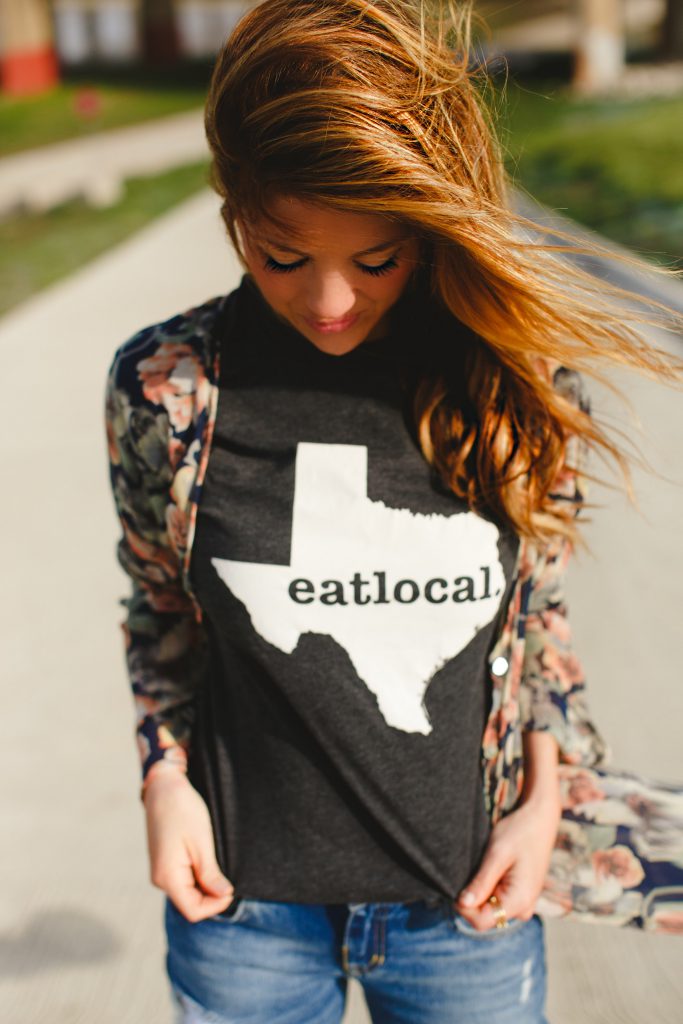“The average item of food in America has traveled 1,500 miles from the farm to your plate.”
-Michael Pollan
This is a fact that we oftentimes avoid recognizing. Nonetheless, it is safe to say that “eating local” makes sense for people who seek more control over what they put in their bodies, want to support their local economy, and want to reduce their carbon footprint. Lets get down to brass tacks:
Eating Local: Why should I give a damn?
(There are many reasons, but in my opinion these are most important):
1) It tastes better and is more fresh. This food lasts longer. It also means that you are eating seasonally, which is the way Mother Nature intended, and which leads to greater appreciation of the food.
2) It is better for the environment. Given the travel involved with bringing most food to you, buying locally produced food significantly decreases the amount of fuel used in transportation and energy used in storage.
3) It is safer eat locally grown food. Even when the food is not organic, small farms are less prone to aggressively treating their produce with chemicals. The fewer steps between your food’s source and your plate, the smaller the chance of contamination.
4) It supports your local economy AND your beliefs. This is opposed to your dollar going to an anonymous corporation in another city/state/country, where God-knows-what is going down. Keeping in mind that you essentially cast a vote/affect demand every time you spend your hard-earned moola: when you know about where your food comes from, you can more effectively support your values. I, for instance, adhere to a vegan diet for reasons pertaining to health, the environment, and animal rights. Therefore, I choose to eat at my favorite vegan restaurant (where I know that they source their veggies from a local, organic, vegan farm) as opposed to merely choosing a vegan option at a chain restaurant who does not source their food locally, and whose sources’ practices are likely not sustainable or cruelty-free.
Eating Local: How do I do it?
1) Shop at local markets.
2) Try an organic delivery service. Organic produce and other groceries can be delivered to your door on a weekly/bi-weekly basis.
3) Frequent your local farmers’ market.
4) Research from where your favorite restaurants source their food.
 *This vintage-look, super-soft “Eat Local” Tee is made in the USA!
*This vintage-look, super-soft “Eat Local” Tee is made in the USA!
Boyfriend jeans from Zara.
Worn with a floral kimono…because, why not? 🙂
XOX
M
